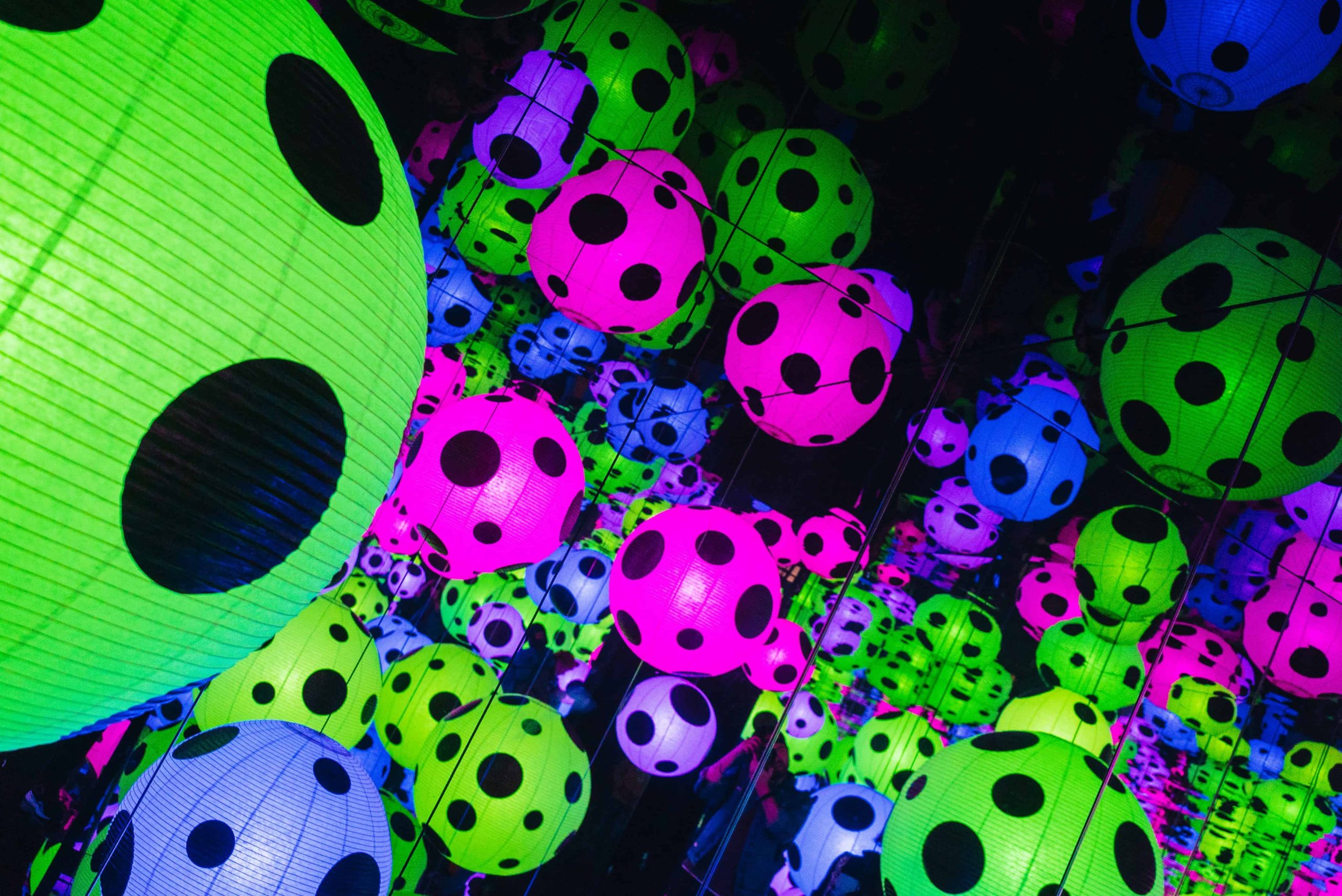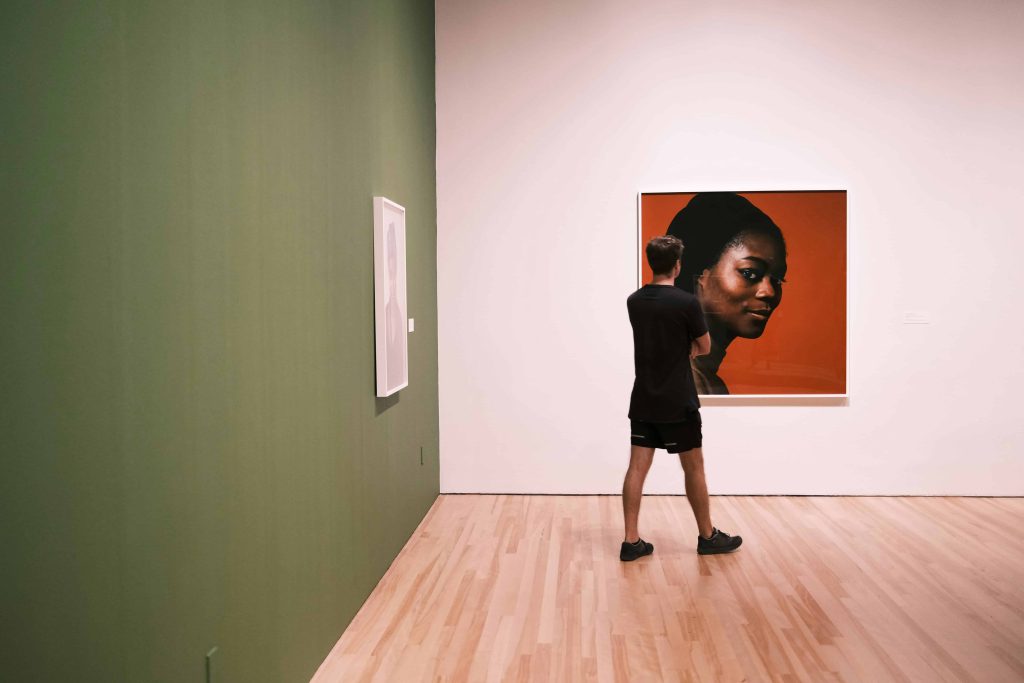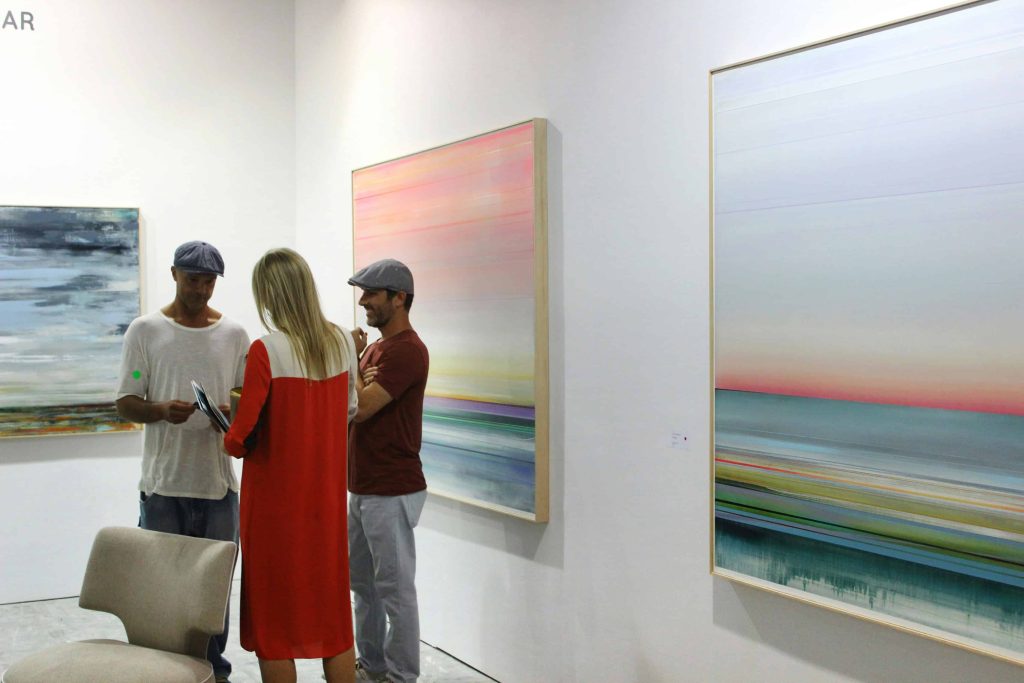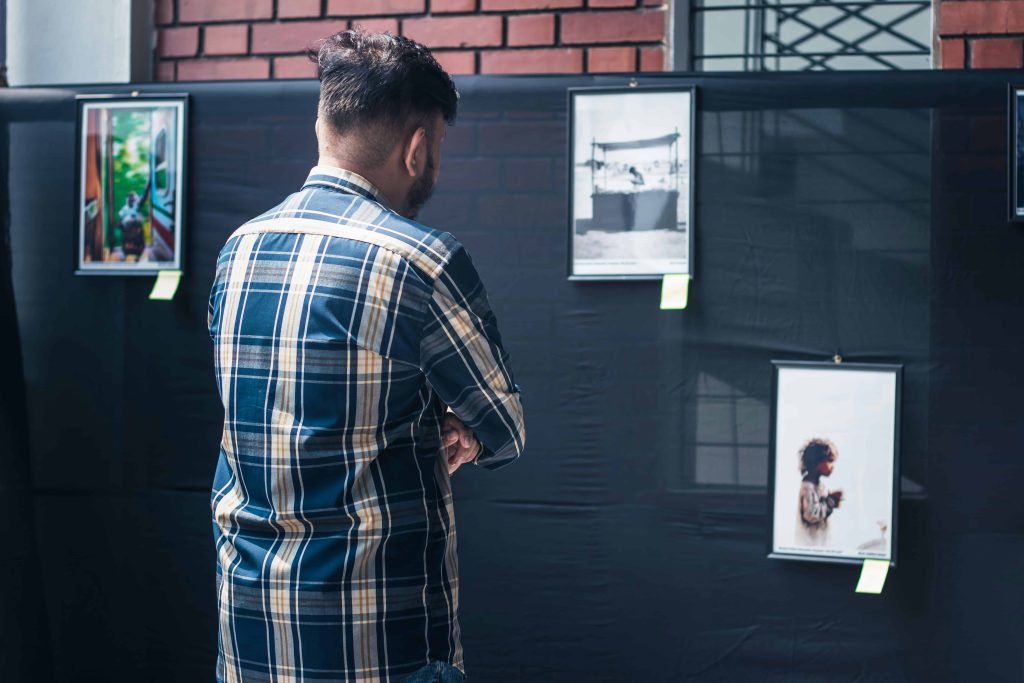
24 Jul Collaborative Art Exhibitions: A How-To Guide
Art in Unity: Mastering Collaborative Art Exhibitions Step by Step
Collaborative art exhibitions offer a unique platform for artists to come together, blend their talents, and create captivating works of art. These exhibitions emphasize teamwork, creativity, and the exploration of shared themes or concepts. Participating in or organizing a collaborative art exhibition can lead to a range of benefits, including increased exposure, networking opportunities, and the chance to explore new artistic horizons.
Planning the Exhibition
Choosing a Theme or Concept
- Brainstorming ideas collaboratively: Engage participating artists in brainstorming sessions to generate ideas that resonate with the group.
- Considering factors like space, materials, and message: Ensure the chosen theme aligns with the available exhibition space, materials, and conveys a coherent message or narrative.
Selecting Participating Artists
- Determining the number of artists: Strike a balance between diversity and cohesion by selecting an appropriate number of artists.
- Considering artistic styles, mediums, and collaborative potential: Choose artists whose styles and mediums complement each other, fostering potential for collaboration.
Logistics and Timeline
- Setting a realistic timeline: Establish a timeline that allows for thorough planning, artwork creation, and promotion.
- Securing a venue and managing exhibition space: Secure a suitable venue and organize the exhibition space effectively to showcase the artwork.
- Budgeting for materials, promotion, and potentially artist fees: Create a budget that covers essential expenses such as materials, promotion, and compensating artists if feasible.

The Collaborative Process
Communication and Collaboration Strategies
- Establishing clear communication channels: Foster open communication channels to facilitate collaboration and decision-making.
- Deciding on the level of collaboration: Define whether artworks will be entirely collaborative or individual works with a cohesive theme.
Resolving Creative Differences
- Setting ground rules for respectful communication: Establish guidelines for resolving conflicts or creative differences respectfully.
- Employing brainstorming techniques to find creative solutions: Encourage artists to explore different perspectives and brainstorm innovative solutions collaboratively.

Promoting and Presenting the Exhibition
Developing a Marketing Strategy
- Creating a compelling press release and social media content: Craft engaging content to generate interest and attract visitors to the exhibition.
- Targeting relevant audiences through online and offline promotion: Identify target audiences and utilize various channels to reach them effectively.
Preparing the Exhibition Space
- Considering artwork layout and visitor flow: Arrange artwork thoughtfully to create an engaging and immersive experience for visitors.
- Creating a cohesive visual aesthetic for the space: Ensure consistency in the visual presentation of artwork and the overall exhibition space.
The Opening Reception and Artist Talks (Optional)
- Providing a platform for artists to discuss their work collaboratively: Organize artist talks or panel discussions to provide insights into the collaborative process and individual artistic contributions.
- Enhancing the visitor experience and fostering community engagement: Create opportunities for interaction between artists and visitors to deepen engagement and build a sense of community.

Conclusion
Collaborative art exhibitions offer a rich and rewarding experience for both artists and audiences alike. By embracing collaboration, artists can unlock new creative possibilities, broaden their networks, and showcase their work in innovative ways. Whether you’re an artist looking to collaborate or an organizer seeking to curate a unique exhibition, the benefits of collaborative art exhibitions are boundless. Get involved today and discover the power of collaboration in the world of art!
Key Takeaways
- Collaborative Art Exhibitions: Provide a unique platform for artists to blend talents, emphasizing teamwork and exploration of shared themes.
- Planning Phase: Involves choosing a theme, selecting artists, and managing logistics like timeline, venue, and budget.
- Collaborative Process: Focuses on clear communication, defining collaboration levels, and resolving creative differences respectfully.
- Promotion and Presentation: This requires a well-developed marketing strategy, thoughtful exhibition space preparation, and optional artist talks for deeper engagement.
- Benefits: Emphasize increased exposure, networking opportunities, and unlocking new creative possibilities through collaboration in art.
FAQs
What defines collaborative art exhibitions, and why are they important?
Collaborative art exhibitions are events where artists join forces to create artwork together, emphasizing teamwork and shared themes. They are significant for promoting collaboration, creativity, and offering artists increased exposure and networking opportunities.
How do you plan a collaborative art exhibition?
To plan a collaborative art exhibition, start by choosing a theme, selecting artists whose styles complement each other, and setting a realistic timeline and budget. Secure a suitable venue and establish clear communication channels among the artists.
What strategies are effective for promoting and presenting a collaborative art exhibition?
Promote the exhibition through compelling press releases and social media content, targeting relevant audiences online and offline. Arrange the artwork thoughtfully in the exhibition space, considering visitor flow, and consider hosting optional events like opening receptions and artist talks to enhance engagement.
Discover how digital art exhibitions are pushing boundaries, challenging conventions, and sparking conversations at the forefront of contemporary culture.

